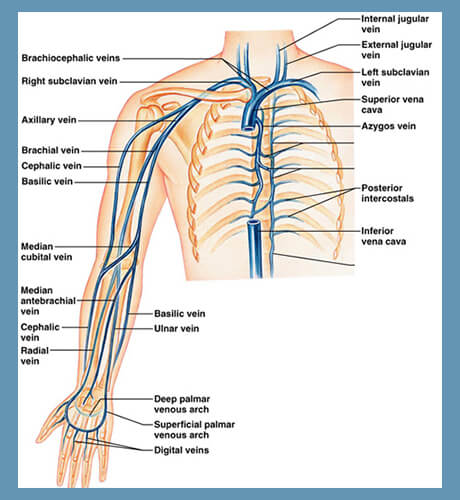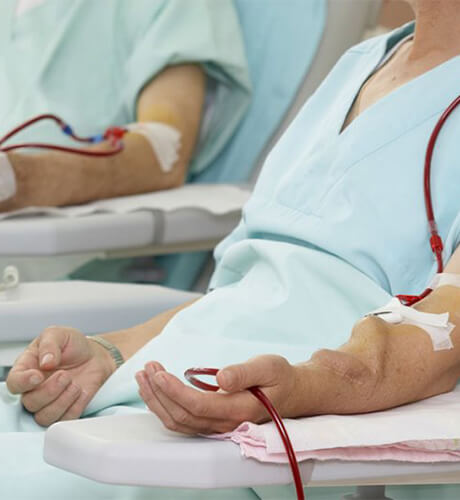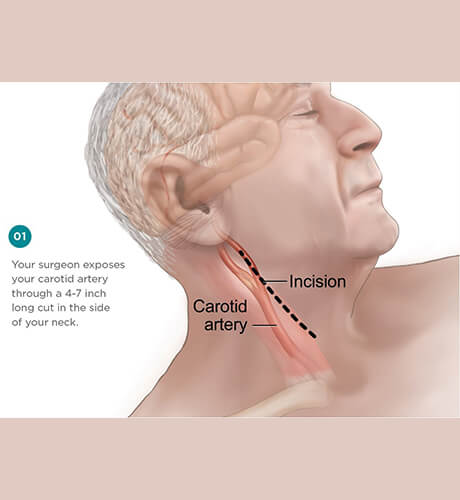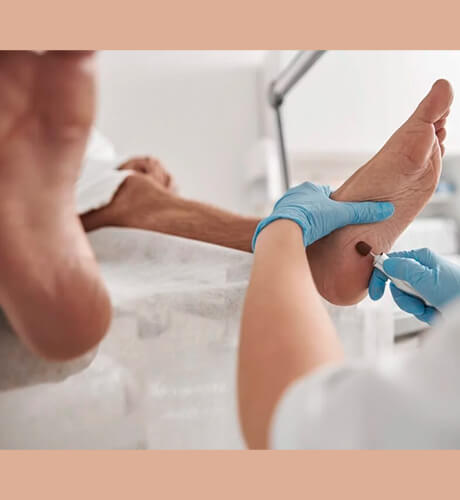Peripheral Bypass Procedures
- Home
- Vascular Diseases
- Peripheral Bypass Procedures

Peripheral bypass procedures are surgeries that redirect blood around blocked or narrowed arteries in the legs or arms. This is achieved by using a healthy blood vessel from another part of the body or a synthetic tube. These procedures are crucial for patients with severe peripheral artery disease (PAD) who have not responded to less invasive treatments, aiming to restore blood flow, relieve pain, and prevent limb loss.
Treatment Details: Peripheral bypass surgery creates a detour around a blocked artery in the leg using a graft. This restores blood flow to the affected limb, alleviating pain and preventing complications.
Benefits & Effectiveness: This surgery effectively improves blood flow, relieves pain, and prevents tissue damage. It is a long-lasting solution, often providing relief for many years.
Who Should Consider: Patients with severe peripheral artery disease (PAD) who experience chronic pain, non-healing ulcers, or risk of limb loss should consider peripheral bypass surgery.
Before Your Procedure: Pre-operative assessments include imaging tests and blood work. Fasting is required, and adjustments to medications may be necessary.
During the Procedure: The procedure is performed under general anaesthesia. The surgeon makes incisions to access the blocked artery, and the graft, which can be a vein from the patient’s body or a synthetic tube, is sewn into place.
Recovery & Aftercare: A hospital stay of a few days is typical for monitoring and initial recovery. Full recovery can take several weeks, with a gradual return to normal activities and physical therapy as recommended.
-
What is the success rate of peripheral bypass surgery
The success rate is high, with many patients experiencing significant symptom relief.
-
Are there risks associated with this surgery?
Risks include infection, blood clots, and graft failure, though these are relatively uncommon.
-
How long does the surgery take?
The surgery typically takes 3-5 hours, depending on the complexity.
-
Will I need medication after the surgery?
Yes, medications to prevent blood clots and manage risk factors may be prescribed.
-
How soon can I resume activities?
Gradual return to activities is recommended, with full recovery taking several weeks.









